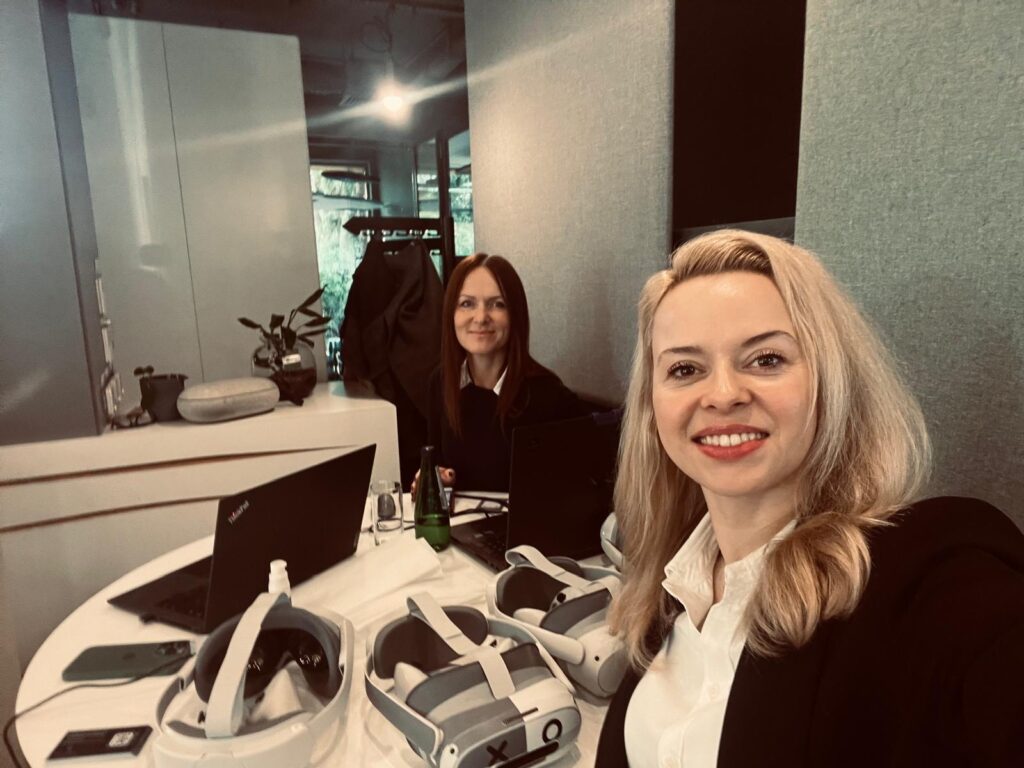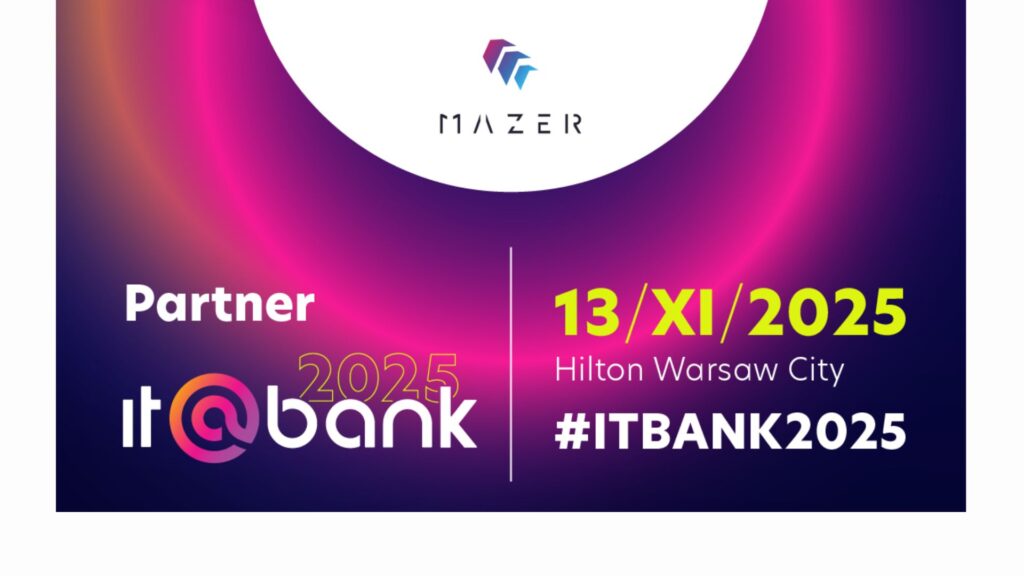Gaining Executive Buy-in for VR Training
Table of Contents:
Perhaps you’ve heard the buzz about VR training and how it’s making waves in HR and L&D departments in organizations worldwide. You’re convinced it’d benefit you and your colleagues, streamline onboarding, and let everyone acquire new skills faster. But how do you actually convince your superiors to hop on board, too? How do you get virtual reality training buy-in from the executives at your company or branch? While it’s not always easy, today, we’ll show you real powerhouse arguments to prepare ahead of time and come firing out the gate with indisputable points that prove the value of a VR training program could elevate the quality of work in your company. Let’s go!
Lead with the Data
The best way to get started is by speaking their language. Real data, real results, that kind of thing. Fortunately for you, there is an absolute endless wealth of information available out there that has already proven just how much effective VR implementation can achieve in organizations – and its effects are not small by any measure.
Need examples? Here:
- VR training is, on average, about 4 times faster than traditional classroom methods.
- 94% of people who participate in VR training at work say they want to keep doing it.
- In some industries like manufacturing, VR training improved the performance of employees by up to 70%.
All of these points are taken from our article on VR statistics. That’s where you’ll also find more sources and in-depth data.
Align with Strategic Business Goals
Executives don’t buy fancy features and empty promises, they buy outcomes. If you want VR training buy-in from them, you need to show exactly how VR training can directly support your company’s strategic priorities:
- Is it to speed up onboarding? VR can do that with staggeringly effective results!
- Do you want to use virtual reality to upskill or reskill your employees? That’s another great use case where it has also shown tremendous promise.
- Need to simulate high-risk procedures with no consequences? There’s no better way than VR.
The benefits of custom VR training solutions are numerous – you just have to frame them in tandem with existing and as-yet not fully solved company challenges. Present them as a tool to respond to these issues and show your execs that the path to beneficial business transformation doesn’t need to be winding and difficult to navigate.
Emphasize ROI and Long-Term Cost Savings
Yes, financially, custom VR training comes with an upfront investment.
But the ROI of that investment is immeasurable. It pays dividends far, far into the future. Once built, a VR training center can be rolled out globally, positioning worldwide organizations to reap the benefits of a standardized learning system in all of their branches and offices. Additionally, you can reuse it endlessly, add new modules, and update existing ones as needed. No reprinting materials, no retraining instructors, no travel time and costs.
For large organizations, VR can save millions per annum, especially when you factor in other benefits like reduced error rates, better knowledge retention, and faster time to competence.
Address Common Objections Head-On
Some resistance is natural. After all, it’s a significant decision that carries with it equally great consequences for the company’s future. Here’s how to tackle the most common pushbacks:
“It’s too expensive.” – come prepared with internal data. Evaluate how much your company spends on its annual training budget. Factor in lost productivity and any extra time spent retraining due to poor retention, and compare it against the one-time development cost. What you find may surprise you.
“It’ll be hard to implement.” – that comes down to partnering with the right provider. If you want seamless implementation with a partner who understands (and wants to understand) the ins and outs of your business, reach out to us at Mazer Trainer. We’ll be delighted to help you discover just how much you can achieve with virtual reality.
“Our staff won’t adapt to VR.” – VR has incredible potential to train the older generations just as well as the younger ones. A great toolkit is intuitive, engaging, and user-friendly enough that employees take to it like a fish takes to water.
The Takeaway
If gaining executive buy-in for VR training at your company has you feeling like you’re on an episode of Shark Tank, with these points, you’ll be able to prepare a rock-solid case. The benefits are there; they’re proven, immense, and real. You’re not selling them snake oil but an investment that’ll jumpstart growth and position the firm to emerge as an industry leader.

Author: Rafał Siejca
Rafal has over twenty years of corporate experience, including roles at Millennium Bank, Comarch, and leading software teams at PZU, one of Europe’s largest insurance companies. As one of Poland’s few true VR experts with a decade of experience, he ensures timely, high-quality project delivery as CEO and CTO.










